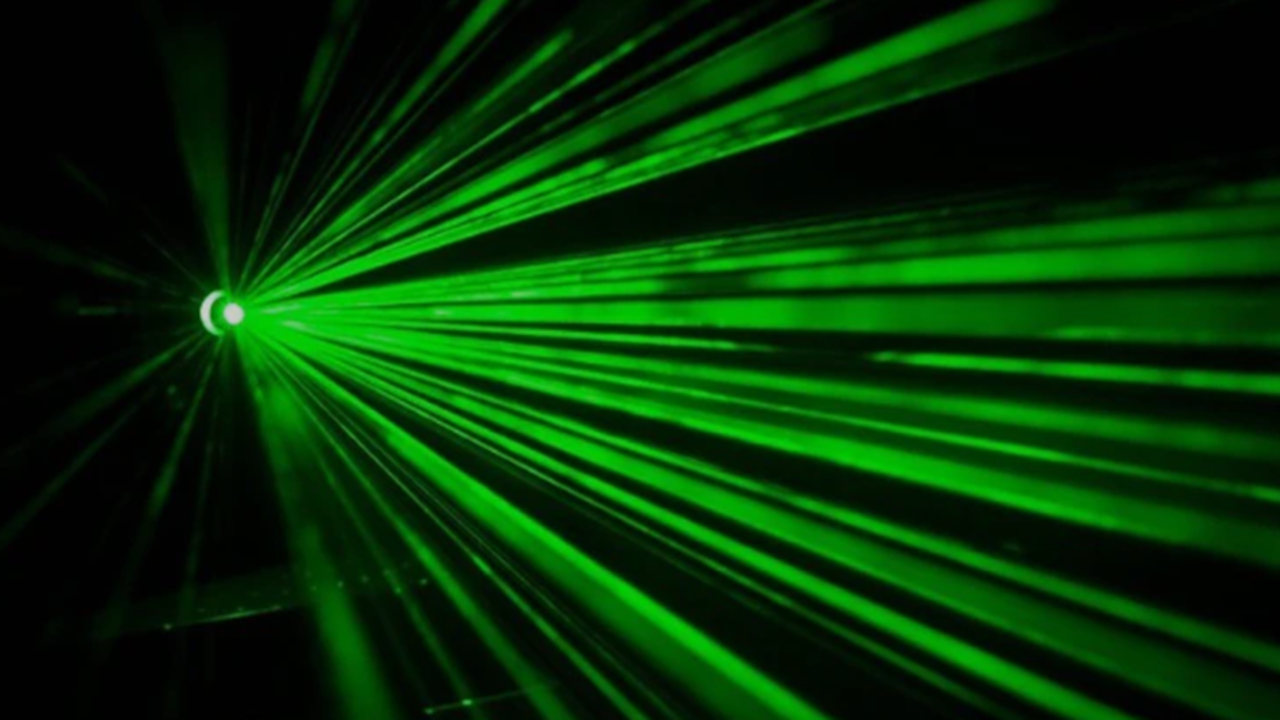Lasers, an acronym for Light Amplification by Stimulated Emission of Radiation, have transcended their initial application in scientific research to permeate various facets of modern life. Their versatility and precision make them invaluable tools across a multitude of disciplines. Understanding their predominant uses elucidates not only the technology itself but also societal advancements intertwined with its utilization. This discourse examines the multifarious applications of lasers, addressing their most salient functions while delving into the quintessential reasons for their widespread fascination.
1. Medical Applications: A Beacon of Healing
One of the most profound utilizations of lasers resides in the medical field, where they have revolutionized surgical procedures, diagnostics, and treatments. Laser technology enhances surgical precision; for instance, in ophthalmology, lasers such as LASIK are employed to reshape corneal tissues. This application not only restores vision but also reduces recovery time when juxtaposed with traditional surgical methodologies.
Furthermore, lasers serve a central role in dermatology, wherein procedures like laser hair removal and skin resurfacing have gained prominence. By harnessing selective photothermolysis—the principle whereby lasers target specific tissues without affecting surrounding areas—clinicians can achieve remarkable results in aesthetic medicine. The fascination within this domain stems not only from the efficacy of treatments but also a subsequent cultural shift towards non-invasive cosmetic procedures.
2. Communication Technologies: The Fiber Optic Revolution
Lasers have catalyzed a paradigm shift in telecommunications through the advent of fiber optic technology. Fiber optic cables, which rely on laser illumination to transmit data, facilitate high-speed internet and communication services. The principle of total internal reflection allows lasers to transmit information over long distances with minimal signal loss, making them indispensable in contemporary digital communication.
As society increasingly leans towards interconnectedness, the role of lasers in enhancing communication efficiency becomes ever-important. The intrigue associated with this application often revolves around the unseen yet ubiquitous nature of data transfer, facilitating instantaneous connectivity across global networks.
3. Industrial Uses: Precision and Efficiency
Industrially, lasers have become essential tools in manufacturing and processing. Their ability to cut, engrave, and weld metals with exquisite precision renders them advantageous over traditional mechanical processes. Applications in the automotive and aerospace industries, for example, underscore the importance of lasers in fabricating components that require intricate designs.
Moreover, laser-based additive manufacturing, also known as 3D printing, epitomizes an intersection of technology and creativity. By utilizing lasers to fuse materials layer by layer, manufacturers can produce complex geometries unattainable by conventional methods. This newfound flexibility has captivated sectors ranging from aerospace engineering to healthcare, where custom implants and prosthetics can be tailored for individual patients, revealing deeper implications on the future of manufacturing and personal medicine.
4. Scientific Research: Illuminating the Unknown
Scientific inquiry has historically benefited from laser technology. From spectroscopy to high-energy physics, lasers serve as tools for investigation and exploration. For example, in spectroscopy, lasers can identify the composition of distant celestial bodies, shedding light on the universe’s mysteries. Furthermore, the capability of lasers to excite atoms leads to intricate studies of quantum mechanics, enabling scientists to unravel the complexities of matter at its most fundamental level.
The sheer potential of lasers to assist in understanding the underlying principles of the universe fuels a continuous fascination. Their ability to probe realms that are otherwise obscured invites both inquiry and inspiration, making lasers indispensable in the advancement of scientific knowledge.
5. Entertainment: A Symphony of Light
Beyond their utilitarian applications, lasers play a pivotal role in the entertainment industry, particularly in light shows and displays. The visual spectacle of lasers not only captivates audiences but also creates immersive experiences that transcend traditional media. Concerts, theater productions, and exhibitions utilize lasers to evoke emotional responses through light manipulation, integrating art with advanced technology.
This intersection resonates with a fundamental human desire for connection and experience, illustrating the unparalleled ability of lasers to transform mundane spaces into vibrant avenues of creativity. The fascination with lasers in this domain emerges from their capacity to elicit wonder, demonstrating the beautiful interplay between technology and artistic expression.
6. Military and Defense: Precision in Action
In the realm of military and defense applications, lasers are employed for various purposes, ranging from target designation to directed energy weapons. Their precision and speed are crucial for contemporary warfare, allowing for enhanced accuracy in targeted operations. The development of laser weapon systems signifies a shift towards more advanced defense mechanisms, highlighting a strategic inclination towards minimizing collateral damage while maximizing effectiveness.
The underlying intrigue in military applications lies in the duality of technology—while enhancing national security, lasers also provoke ethical discussions concerning their potential misuse. This multiplicity of perspectives encapsulates the profound impact lasers have on warfare, both as a tool of protection and as a subject of moral consideration.
Conclusion: The Endless Frontier
The applications of lasers extend far beyond their initial scientific confines, permeating industries that influence everyday life. From fostering healthcare innovations to redefining communication, their implications resonate across various sectors. The fascination surrounding lasers arises not simply from their technological prowess, but also from the societal transformations they inspire. As research continues and new applications are discovered, lasers will undoubtedly maintain their position at the forefront of innovation, embodying the endless potential of light itself.










